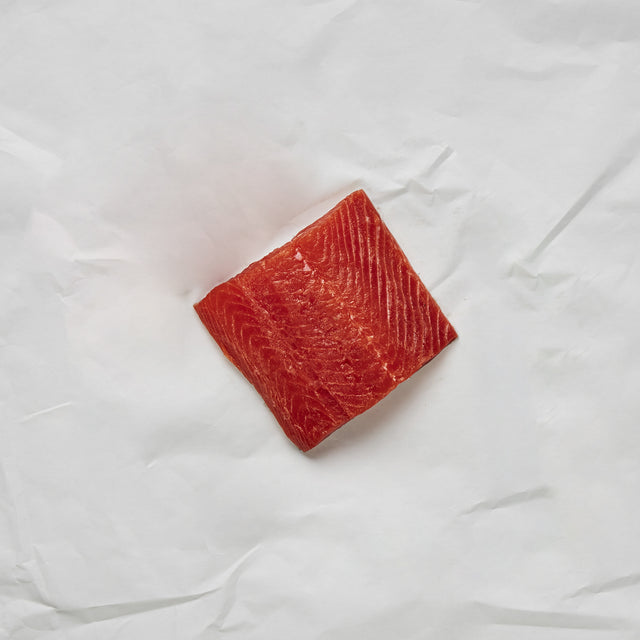Have you ever wondered where the best place to order Alaskan King Crab is? Well, you are not alone.
One of the most commonly suggested healthy eating tips is to consume more seafood — and for good reason! Seafood is a great protein source that is generally low in cholesterol and rich in vitamins and minerals. Plus, many types of fish contain heart-healthy Omega-3 fatty acids. So, you should definitely add seafood to your grocery list this week… right?
Maybe not. When it comes to the nutritional value of seafood, not all fish and shellfish should be treated equally. In fact, you might be surprised to learn what you’re spending your money on in the grocery store.
To help you shop smarter, we’ve compiled a list of the top seafood malpractices currently happening in corporate supermarkets around the nation.
1. Mislabeled fish
When you buy a package of tuna steaks, you logically assume you’re actually buying tuna steaks — but a recent study shows this unfortunately may not be true. The study, conducted by Oceana, found that 18 percent of fish sold in grocery stores was mislabeled, with even higher percentages reported in restaurants. In many cases, the fish was labeled with a more expensive, popular fish (like tuna), but actually contained a less expensive, lower quality fish. While this isn’t necessarily unsafe, it’s certainly dishonest — and could have health consequences, depending on the swap.
2. Dirty shrimp
A majority of the shrimp found in grocery stores is imported, which ranks especially high on the Seafood Dirty Dozen list. This is especially true for farmed shrimp, which are commonly contaminated with antibiotics, cleaning chemicals and toxic pesticides.
3. Lack of inspection
In addition to shrimp, a large portion of American sold seafood is imported — an estimated 80 percent. Despite this high number, the Food and Drug Administration inspects only between one and two percent of imported seafood. Even more alarming? The Centers for Disease Control and Prevention found that seafood was the most common source of imported foodborne disease outbreaks from 2005-2010.
4. Issues with farmed fish
While most grocery stores sell some wild caught fish, you often have to go label hunting to find the quality you’re looking for. This can lead to consumers unknowingly purchasing farm-raised fish, which has significantly lower nutritional value and can contain harmful additives. For instance, farmed salmon receive a high-fat, processed diet, which can lead the filet you eat to contain more than twice the fat and nearly double the calories. Farmed salmon can also contain contaminants like polychlorinated biphenyls, dioxins and chlorinated pesticides.
5. Inconsistent standards
With lengthy journeys from the sea to the shelf, it’s impossible to know what your seafood has been through before it arrives at your table. Between fluctuating storage temperatures, uncertain shelf lives and sub-standard freezing processes, the product you buy might not only be compromised on flavor, but also on safety.
Instead of risking it with grocery store seafood, play it safe with wild-caught, sustainably sourced fish and shellfish. Shop our selection today.
See what makes Alaskan King Crab the best place to order seafood online here!





